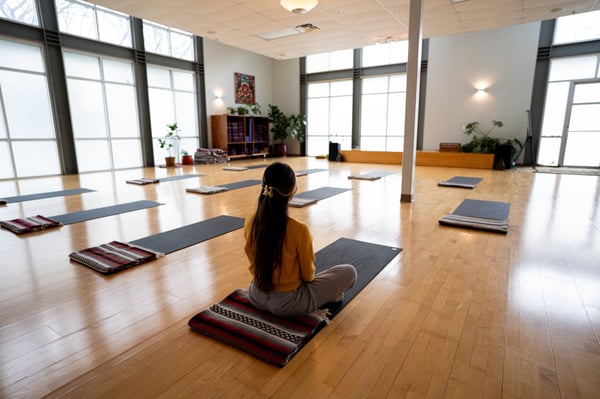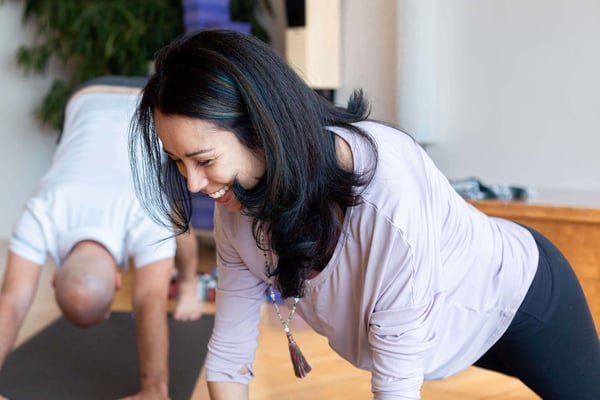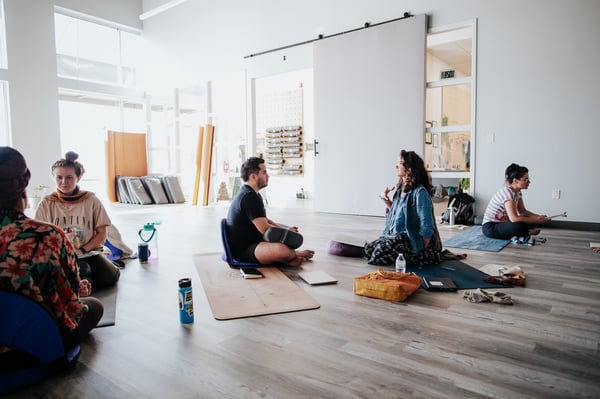Hatha Yoga At Flow Yoga Georgetown with Paula C.







Unwind with our restorative classes, sweat it out in a heated session, or experience traditional yoga. Feeling something in between? Choose from the widest selection of class options.
See the classesThere's a reason thousands of students have called Flow their second home for over a decade. Come experience yoga that makes you feel at home.

There's a reason thousands of students have called Flow their second home for over a decade. Come experience yoga that makes you feel at home.

What started as a tiny studio with friends, Flow is now one of the fastest growing wellness brands and headed up by a powerhouse of women.
About FlowWith locations all over Austin and memberships that get you unlimited yoga at all Flow locations, we've got you covered.
Yoga is like a soothing balm for stress and anxiety, helping to calm your mind and relax your body. It teaches you to focus on your breath and be present in the moment, which can help to reduce stress and anxiety. Plus, it's a lot cheaper than a lifetime of therapy sessions.
Yoga is like a natural pain reliever. It can help reduce chronic pain by improving flexibility, strength, and posture. Plus, the focus on mindfulness can help you manage pain by changing your relationship to it.
Yoga is like a multivitamin for your overall health. It can help improve cardiovascular health, increase flexibility and strength, and reduce stress. Plus, it's a lot more fun than swallowing a giant pill every day.
Yoga is like a circus performer for your body. It can help improve your balance and coordination by strengthening your muscles, improving your proprioception, and teaching you to move your body in sync with your breath. Plus, it's a lot more fun than juggling all day.
Yoga is like a magical flexibility and balance potion, working wonders on your body over time. It stretches and strengthens your muscles, which can lead to improved flexibility and balance. Just don't expect to be doing backflips and splits after your first class.